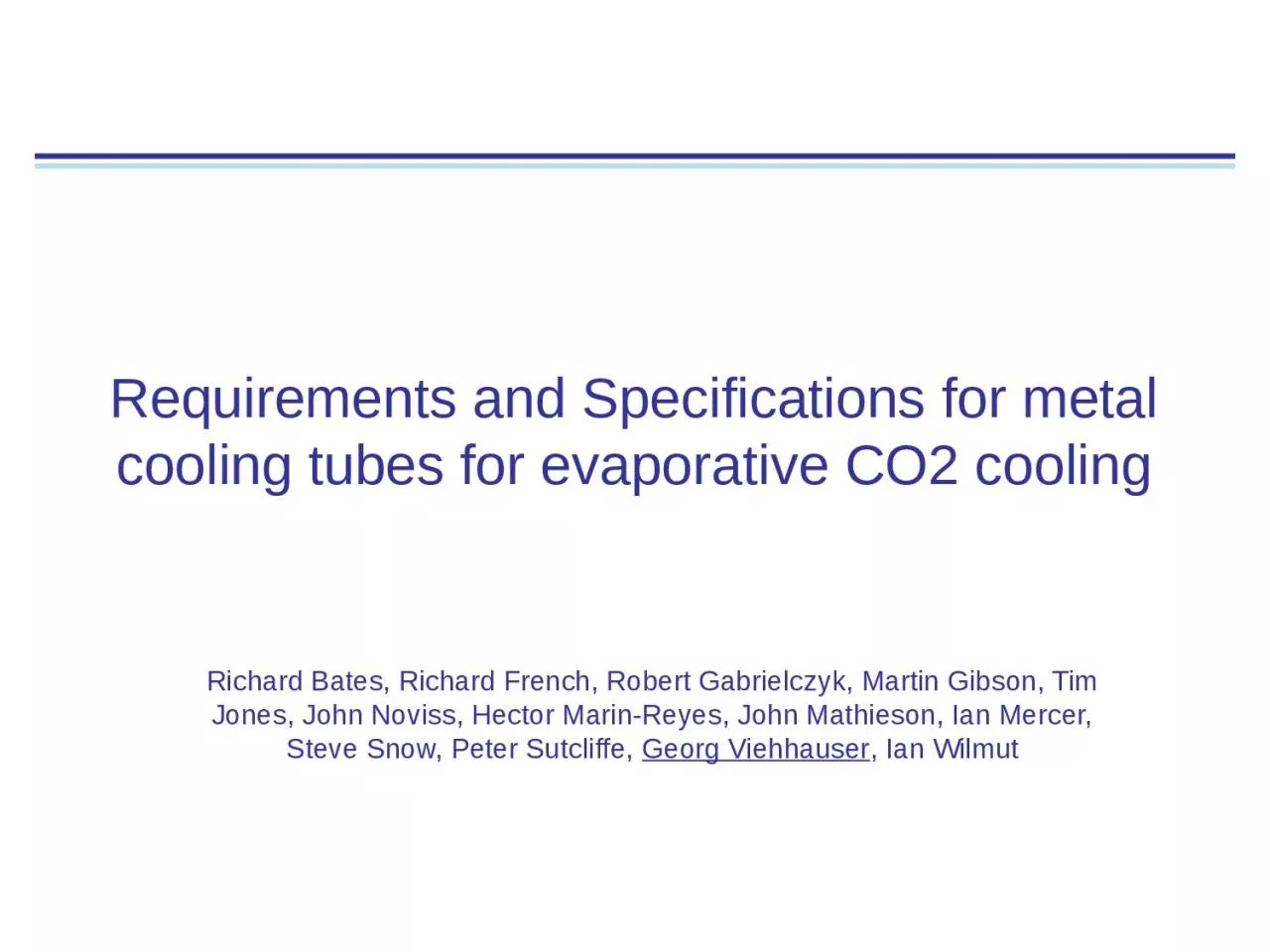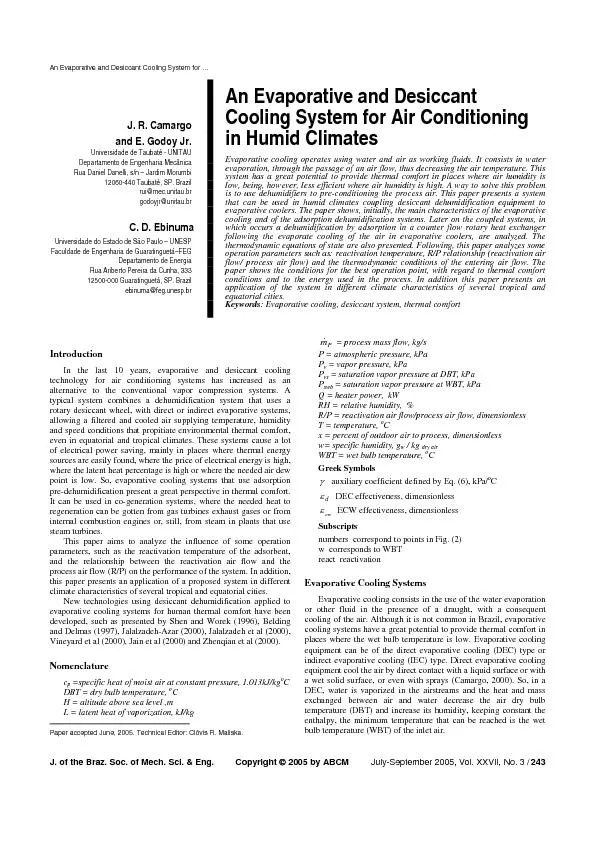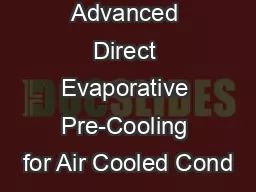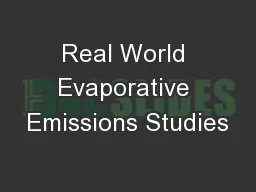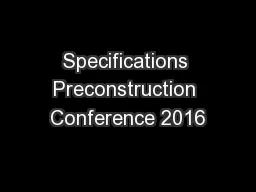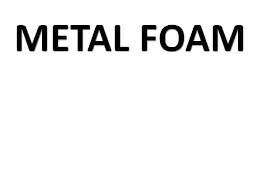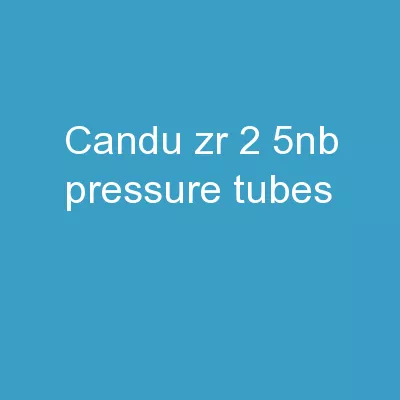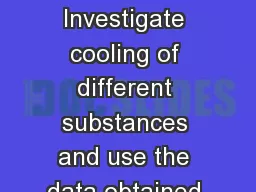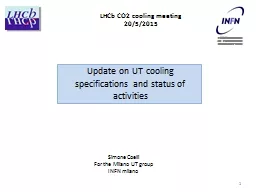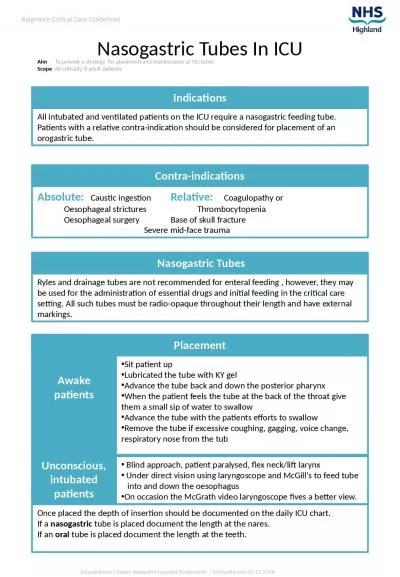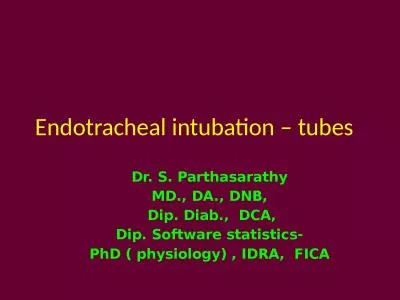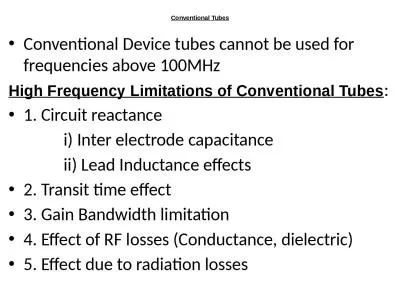PPT-Requirements and Specifications for metal cooling tubes for evaporative CO2 cooling
Author : finley | Published Date : 2023-08-31
Richard Bates Richard French Robert Gabrielczyk Martin Gibson Tim Jones John Noviss Hector MarinReyes John Mathieson Ian Mercer Steve Snow Peter Sutcliffe
Presentation Embed Code
Download Presentation
Download Presentation The PPT/PDF document "Requirements and Specifications for meta..." is the property of its rightful owner. Permission is granted to download and print the materials on this website for personal, non-commercial use only, and to display it on your personal computer provided you do not modify the materials and that you retain all copyright notices contained in the materials. By downloading content from our website, you accept the terms of this agreement.
Requirements and Specifications for metal cooling tubes for evaporative CO2 cooling: Transcript
Download Rules Of Document
"Requirements and Specifications for metal cooling tubes for evaporative CO2 cooling"The content belongs to its owner. You may download and print it for personal use, without modification, and keep all copyright notices. By downloading, you agree to these terms.
Related Documents

